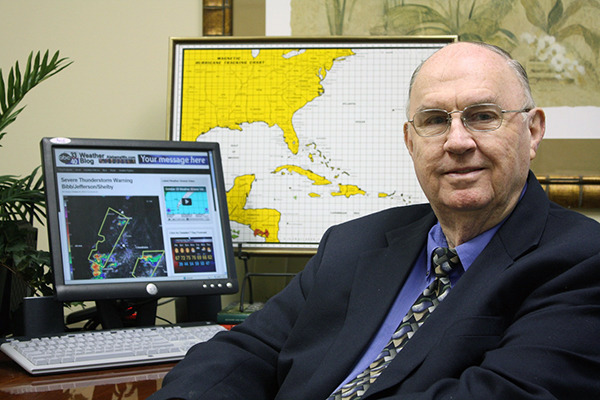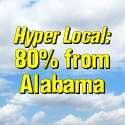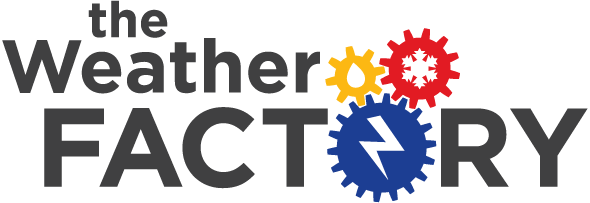(Credit: ABC News, NWS, The Weather Channel, NJ.com, NOAA)
Discussion: It’s that time of year again. The months of September through April are very familiar with Nor’easter storms. Nor’easters can occur throughout any point of the year, but they are oftentimes shown in the media dumping feet of snow in the wintertime. For example, a series of Nor’easterspummeled the Northeast towards the end of the last winter. Other historic Nor’easter events include the Blizzard of 1888, the “Ash Wednesday” storm of March 1962, the New England Blizzard of February 1978, the March 1993 “Superstorm”, and the Boston snowstorms of January and February 2015.
Image: Visible satellite image of the Nor’easter in March 2014. Credit: NWS
You may be wondering, “just what is a Nor’easter?” It is simply a mid-latitude cyclone, or a storm rotating counter-clockwise in the mid-latitudes along the U.S. East Coast. These storms usually develop between Georgia and New Jersey within 100 miles east or west of the East Coast. In a Nor’easter, the winds typically come from the northeast and typically become most intense near New England and the Maritime Provinces of Canada.
The National Weather Service explained that Nor’easters are most common in the winter because the polar jet stream transports cold Arctic air southward across the plains of Canada and the U.S. before heading eastward toward the Atlantic Ocean where warm air from the Gulf of Mexico and the Atlantic tries to move northward. These storms are fueled by the difference in temperature between warm air over the ocean and colder Arctic air over the land. When the warm waters of Gulf Stream keep coastal waters relatively mild during the winter, that helps heat up the cold winter air over the warmer ocean water.
Image: Sand covering cars in Winthrop, Massachusetts on Saturday, October 27, 2018. Credit: The Weather Channel
Image: Coastal flooding in New Jersey on Saturday, October 27, 2018. Credit nj.com
The winds associated with Nor’easters can be quite powerful, oftentimes reaching gale force and causing extreme damage. The Nor’easter that recently passed through New Jerseyon October 27th, brought 60 mph winds and heavy rain to the area leaving more than 22,000 homes without power. The same storm eventually made its way up to Massachusetts and covered cars in coastal Massachusetts with a blanket of sand. Depending on the time of year, Nor’easters bring heavy rain or snow. Other impacts include heavy surf and high tide yielding rough seas and coastal flooding, downed power lines and trees, and damage to infrastructure.
As we head into November and later the winter months, keep your eye on the U.S. East Coast looking for Nor’easter conditions. If you live along the east coast, especially the I-95 Corridor between Washington D.C. and Boston, always be prepared with a kit of extra materials in case you lose power or are stuck in your home for multiple days as a result of the storm. Some essential items to always have at a stone’s throw include blankets, flash lights, non-perishable food, water, medications (if necessary), and extra clothes.
For more winter weather information, click here.
© 2018 Meteorologist Amber Liggett
AlabamaWX is pleased to partner with the Global Weather and Climate Center team for outstanding posts about our atmosphere. Visit them at https://www.globalweatherclimatecenter.com for more great information!
Tags: GWCC
Category: Partner News Stories


















